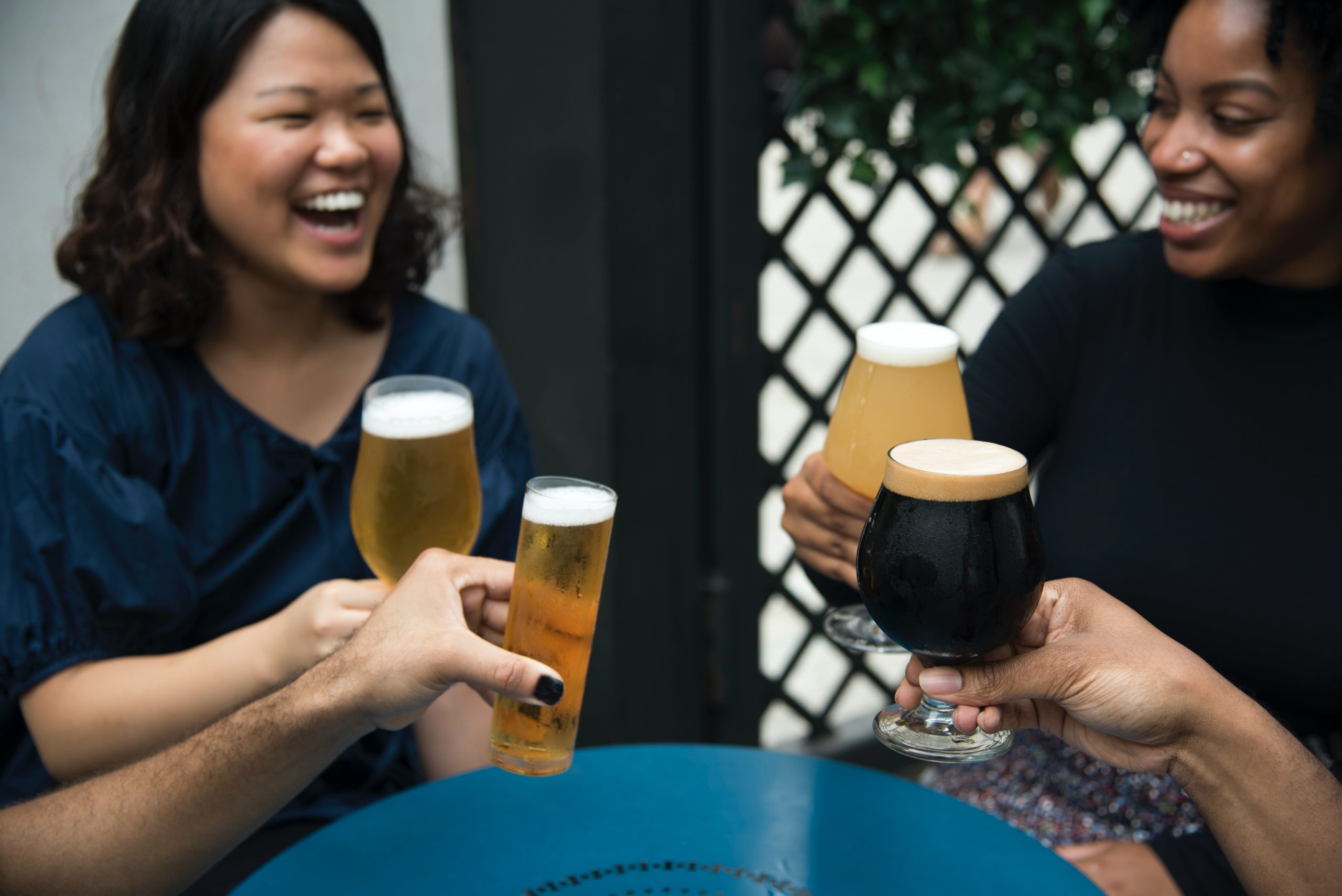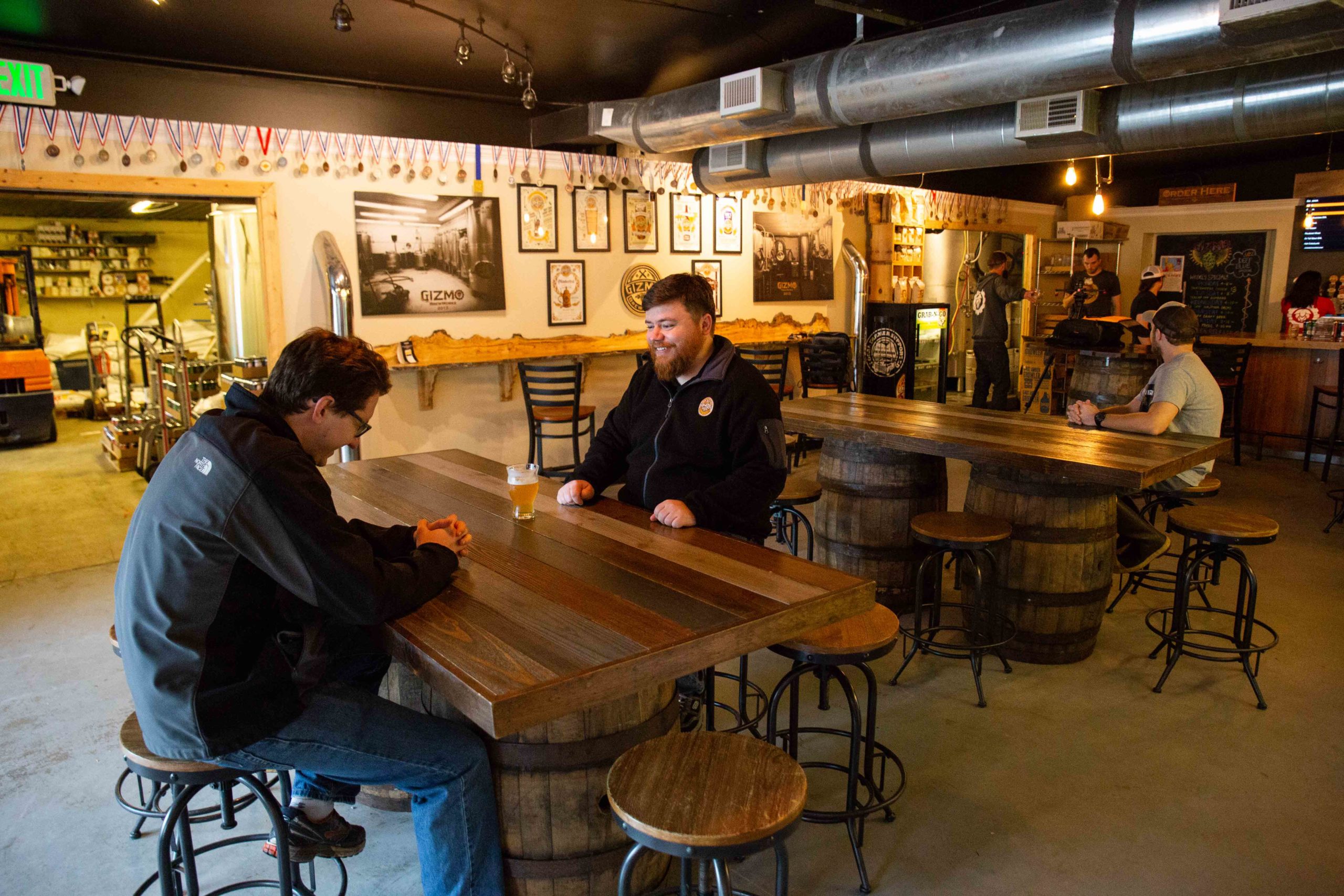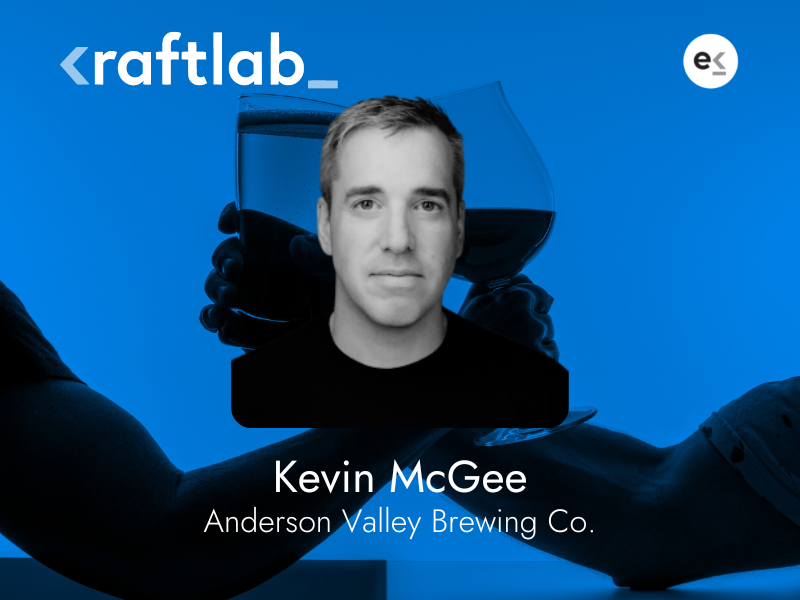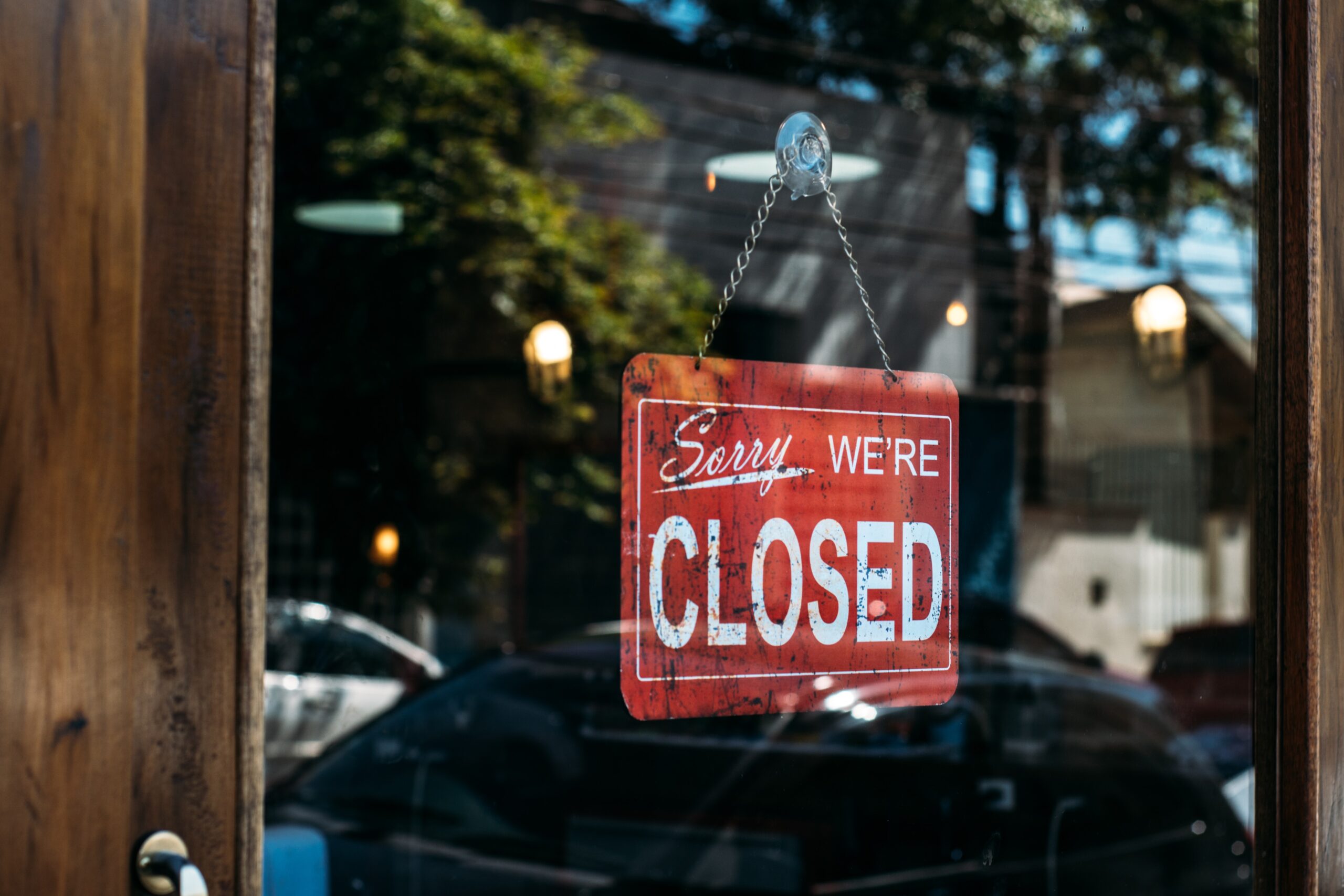Being inclusive is important in all businesses. If you’re looking to bring in new customers or to attract new talent, fostering a welcoming and safe community is likely something you’ve considered, but may not know how to do effectively.
Craftlab recently spoke with industry veteran Ren Navarro about her thoughts on diversity and inclusion in the craft industry. Navarro has a decade of experience in the alcohol industry. Today, she is also the founder of Beer. Diversity., a company that seeks to educate and enlighten those in the craft beverage industry.
“Every single time someone would say, ‘How does it feel to be a black woman in beer?’ I would say ‘I don’t know, I haven’t thought about it’ — because, for me, it wasn’t something that informed my daily activities,” Navarro said.
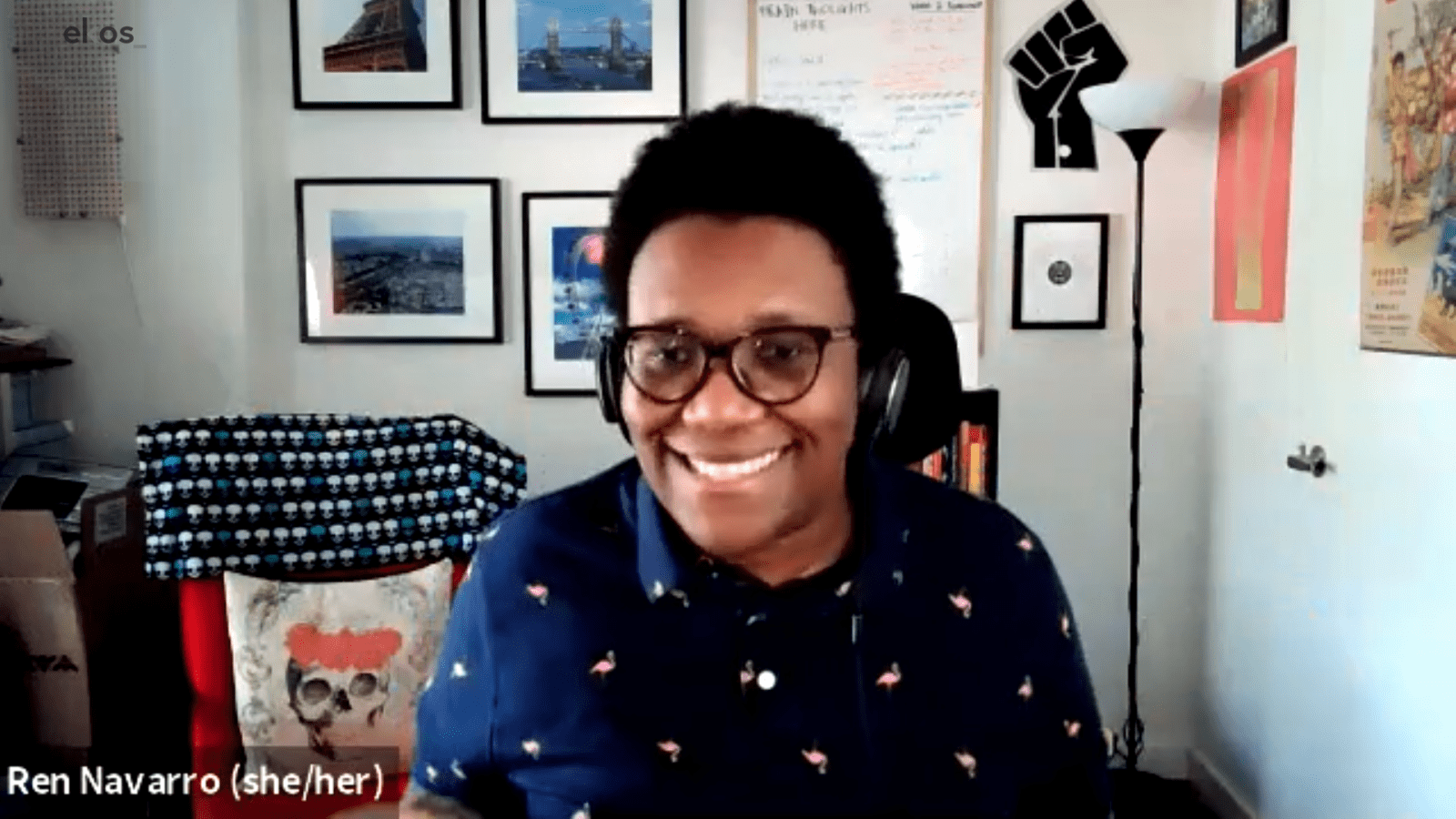
But the questions got her thinking.
“Over time, when people start asking that question, it’s the thing that you start thinking about, because if someone is asking you, it means there aren’t a lot of you doing the thing that you’re doing,” she said. “Once you become aware of that, you cannot get rid of it.”
Here’s Navarro’s advice for making sure your beverage business is more inclusive.
Dropping ‘Diversity’ for ‘Inclusion’
Right now, there is a push for more diversity in the workplace, which is positive. But that focus on diversity could overlook the larger goal of recognizing underrepresented groups.
For example, throughout 2020, the phrase “Black Lives Matter” became commonplace due to protests around the country after the deaths of George Floyd and Breonna Taylor. This awareness could lead to people being more active about getting people of color into a space, but it misses the fact that diversity is about more than people of color, Navarro said. Think about age diversity, the disabled community, LGBTQ+ diversity, and then the subgroups within those demographics.
Also, diversity relates to what groups are underrepresented within a brewery or an organization at any given time. Right now, for instance, the craft beverage industry may see brewers as primarily white men, but that could shift over time. And it will be important to be inclusive of anyone who may not be represented if or when that shift occurs, Navarro said.
So, instead of saying “I want diversity,” say “I want to interact with those who are underrepresented within my industry.”
Showcase Inclusion, Not Just Beer
Having photos of your product on your social media and website is helpful, but these places can also help to represent your diversity, Navarro said.
That said, you should avoid tokenism. If your staff is primarily white men, for example, avoid focusing on the one woman or person of color. Instead, highlight your entire staff working and interacting together. It is not about singling anyone out, but rather about showing that you welcome people who may have a different background than you, Navarro said.
If your staff happens to lack diversity, but you want the community to know that you are open to serving and hiring people from all walks of life, you can show that through your platforms by highlighting ways you are reaching into those communities. For instance, do you participate in cultural events around town? Are you involved in any charities that reach beyond your own race, gender, age, etc.? If so, highlight that online, Navarro said.
You want people to want to come see you, so make sure you showcase the “us,” not just the beer.
Small Changes Can Make a Big Difference
It doesn’t have to cost an arm and a leg to become more inclusive.
Simple things — such as stickers in the window that display LGBTQ+ Pride, BLM, or even Families Welcome — can help bring more people into your doors, Navarro said. Depending on where you live, these stickers can even be provided by the government free of charge.
These small items in the window may not be a big deal to you, but some people are looking for them specifically and will choose a brewery with them over one without. It’s a small gesture that tells a potentially underrepresented group they are welcome and can feel safe inside, Navarro said.
Another way to show that you are inclusive is to include your pronouns in emails that are sent to your customers and staff. It doesn’t cost anything, and it will tell those who want their pronouns known that you are accepting, Navarro said.
Your business is more than your products — it’s an experience. And crafting that experience starts with helping people feel like they belong.
It Isn’t Just About Customers
If your hiring process is too rigid or doesn’t speak to those who are underrepresented in the industry, you could be missing out on some excellent talent.
If your applications require a certain number of years of beer sales, for example, you may miss out on hiring someone with only one year of beer sales but 20 years of experience selling other products. This is especially true for some underrepresented groups, Navarro said.
Studies show women will wait until they fulfill the exact job requirements before applying. Minorities and racialized people will wait until they have double the requirements, and white men will just go for it, Navarro said. Strict requirements will alienate some groups and stop them before they even get into the door.
Where you post job openings also matters. If you’re posting to industry job boards or your social media, you may only reach the same people who already know you. LinkedIn and Indeed are a good substitute with more reach, Navarro said.
Inclusiveness Is a Marathon
Becoming more inclusive is not something that will happen overnight, despite your best intentions, Navarro said. It will take time. But it will absolutely be worth it.
Remember: You want a sense of community. You want people whose values align with yours. You want to grow as an individual and as a company, and you want to make a great product that reaches more people. That takes inclusion, so don’t wait. Get started today.
